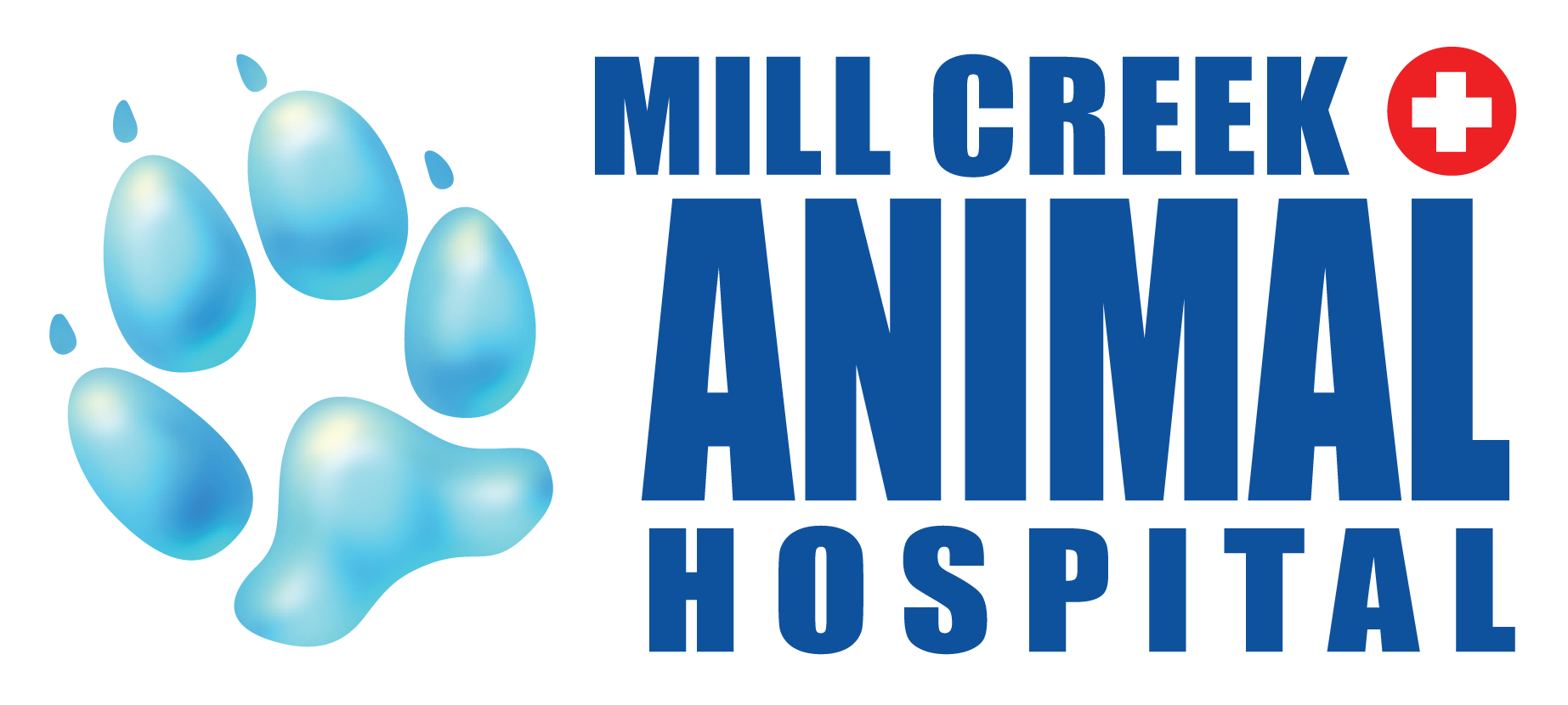With getting a new pet comes all the responsibilities of taking care of that new furry friend. Buying the right kind of food, regular vet visits, making sure they are comfortable in their new home, and getting them new toys to play with. One of the most important health decisions that you could make for your pet is to spay or neuter your cat or dog. I am here to give you some tips on spaying and neutering and the pro’s and myths about it.
Spaying (Ovariohysterectomy)
Is the removal of the ovaries, the uterine horns and the uterus body in the female cat or dog. This is usually done before they reach sexual maturity. A dog at 5-9 months, but it can depend on the breed. In a cat it is usually done between the ages of 5-7 months.
Pros and Myths on spaying
Advantages that come with spaying your pet are; prevent any further estrus cycles so, no unwanted litters, which can drop the urge to look for a mate, and prevent a uterine infection. With spaying your cat or dog it also decreases the risk of mammary tumors. It has shown that dogs spayed before their first “heat” cycle have less than 0.5% chance of developing tumors. It also prevents uterine/ovarian cancer or ovarian cysts and can correct certain behavioral abnormalities.
Some myths with spaying is that your pet will gain some weight and can become obese, but is a result of overfeeding. People also say that after they spay their cat or dog that they have a decrease in metabolic rate, but this is because the animal’s growth rate is slowing down. It is said that spaying your pet will cause a change in its personality, intelligence or affection, this is not sure. The procedure has no affect to change any of these traits. If anything your pet may become less active in terms of roaming or less aggressive behavior towards other females while in heat.
Neuter or Castration (Orchiectomy)
The removal of both testicles and ligation of the spermatic cord of the male, this is also usually done before your pet reaches sexual maturity. In dogs 8-9 months and cats 9-10 months of age.
Pros and Myths on Neutering
Advantages of neutering your cat or dog is you will have less roaming as the sexual urge is now gone. Some behavioral issues such as spraying or urinating to mark territory goes away or doesn’t happen as often. There is a reduction rate in certain types of aggression. It reduces the risk of prostate cancer or prostatitis, eliminates the risk of testicular cancer. Also reduces the risk of hormone related diseases such as perianal adenoma.
Another myth that goes around is that if you neuter your dog they will no longer be a good guard dog. This is not true, by neutering your pet it doesn’t change their personality or their ability to be a guard dog or not.
Another reason why neutering your cat or dog is a good choice is because they could be cryptorchid. This is a genetic recessive trait that can be passed down through offspring. Cryptorchidism is when one or both testicles are still up in the abdomen where they develop or just not in the scrotum. One testicle that is retained up within the abdomen is called unilateral, where two testicles retained is called bilateral. The bilateral cryptorchid is less common to occur than the unilateral. If cryptorchidism is left untreated there is an increased risk of your cat or dog getting testicular cancer.
Hopefully these tips have gave you a better understanding on what spaying and neutering you pet is and why it is an important health choice for them. Call Mill Creek Animal hospital for information about spaying and neutering your pet



